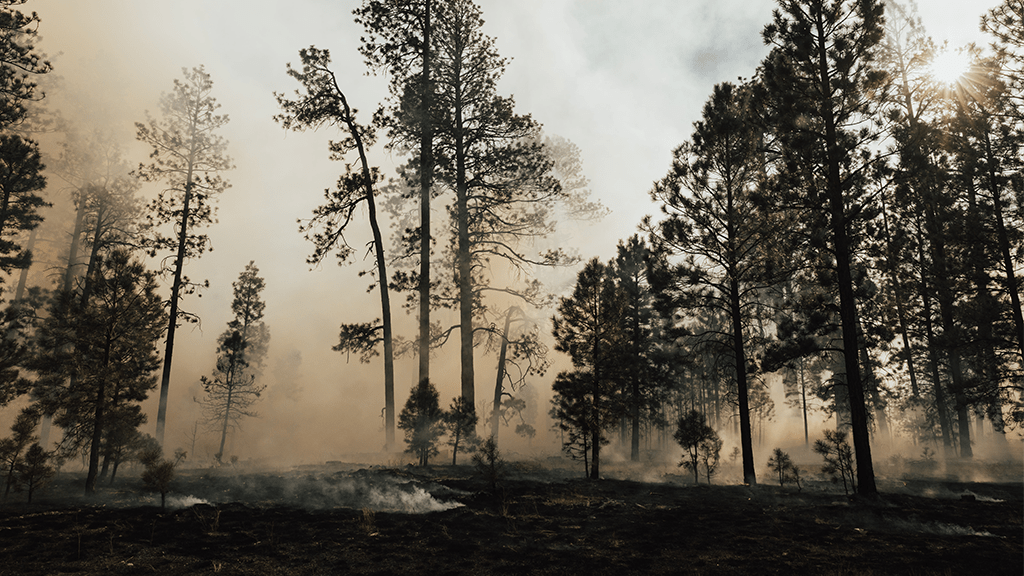Canada Wildfire Crisis: Impact, Causes, and Current Situation.

June 29, 2023: Smoke from Canada wildfires has led to poor air quality in various regions, including Milwaukee, resulting in one of the worst air quality indexes in the world. Fueled by warm and dry weather, the wildfires pose a significant threat to Canada’s forests and have put the country on track for its worst wildfire season in recent history. The fires have also affected several cities across North America. Here’s what you need to know about the wildfires in Canada.
How Many Fires Are Burning in Canada?
There are 480 active fires across Canada, with 251 out of control and 152 under management. The provinces most affected by large and uncontrollable blazes include Quebec, Ontario, and Nova Scotia. Quebec has reported the highest number of active fires, followed by British Columbia, Alberta, and Ontario.
How Much Land Has Burned?
Since the beginning of the year, the wildfires have scorched approximately 7.8 million hectares (19.2 million acres) of land across Canada, surpassing the previous annual record set in 1989. The extent of the burned area is already more than double the yearly average, highlighting the severity of this year’s wildfire season.
What Started the Wildfires in Canada?
The wildfires in Canada are believed to have started in late April and escalated in early May. The combination of warm and dry conditions, exacerbated by global warming-induced severe drought, has increased the likelihood of natural fires. Lightning strikes are a common cause, accounting for half of Canada’s wildfires. The other half is attributed to human activities such as discarded cigarettes and sparks from passing trains.
Where Are the Wildfires Located?
The wildfires are concentrated in various regions of Canada. The most affected areas in western Canada include British Columbia, Alberta, Saskatchewan, and the Northwestern Territories. Eastern provinces like Ontario, Quebec, and Nova Scotia have also experienced significant wildfire activity.
Government Response and Outlook: Canada has elevated its national preparedness level to 5, fully committing to utilizing national and international resources to combat the fires. The government is working collaboratively with provincial and territorial authorities, non-profit organizations, and Indigenous communities to support and assist affected areas. Ongoing drought and long-range forecasts for warm temperatures suggest that wildfire activity will likely continue throughout the 2023 season, with elevated risk in multiple regions.
Canada is currently facing a severe wildfire crisis, with numerous active fires and extensive damage to land. Warm and dry weather conditions, lightning strikes, and human activities have fueled the wildfires. The government is actively engaged in response efforts, emphasizing the importance of community support and international cooperation. Residents and authorities must remain vigilant and take necessary precautions to mitigate the impacts of these devastating wildfires.


















































